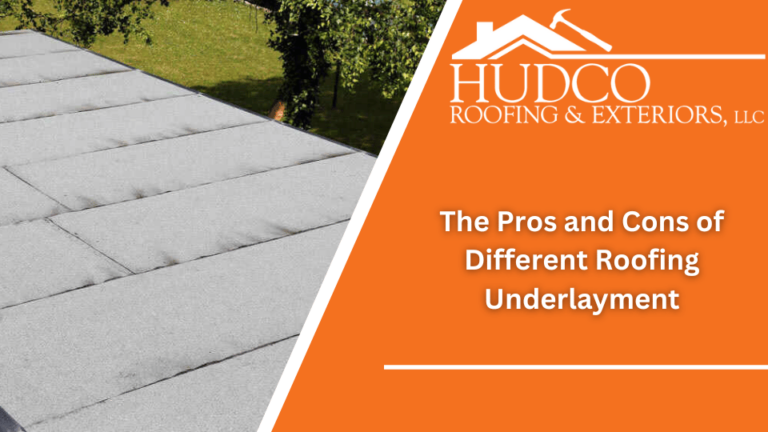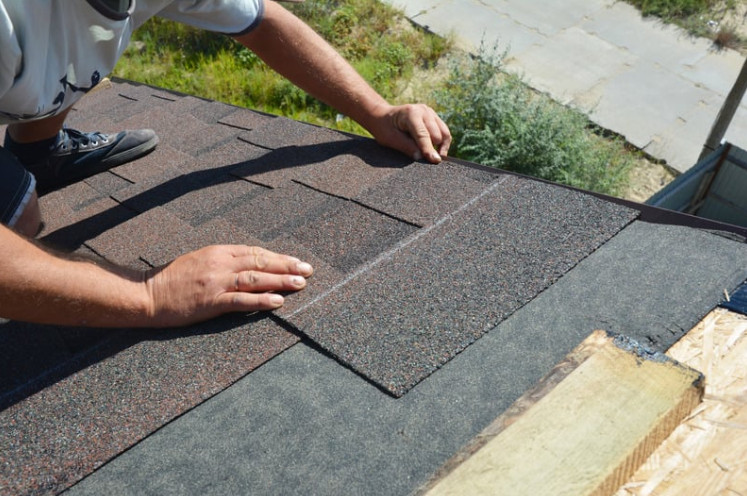The Pros and Cons of Different Roofing Underlayment with HUDCO Roofing & Exteriors. Roofing underlayment is a critical component of any roofing system, providing an additional layer of protection between the roof decking and the roofing material itself. It plays a significant role in preventing water infiltration, enhancing energy efficiency, and improving the overall lifespan of your roof. There are several types of roofing underlayment materials available, each with its own set of advantages and disadvantages. In this article, we’ll explore the pros and cons of different roofing underlayment options to help you make an informed choice for your roofing project.
Asphalt-Saturated Felt (Felt Paper):
Asphalt-saturated felt, commonly referred to as felt paper, has been a traditional choice for roofing underlayment for decades. It is available in various weights and qualities, making it suitable for different roofing applications.
Pros:
- Cost-Effective: Felt paper is generally one of the most cost-effective underlayment options, making it an attractive choice for budget-conscious homeowners.
- Water Resistance: It provides a reasonable level of water resistance and can help protect the roof deck from moisture.
- Ease of Installation: Felt paper is relatively easy to install, making it a practical choice for DIY roofing projects.
Cons:
- Durability: Felt paper may not be as durable as some other underlayment options, especially in extreme weather conditions or areas with high humidity.
- Limited Lifespan: It has a shorter lifespan compared to more modern underlayment materials.
- Not Suitable for All Roofs: Felt paper may not be the best choice for low-slope or flat roofs due to its limited water resistance.
Synthetic Underlayment:
Synthetic underlayment is a newer option that has gained popularity for its enhanced performance characteristics. It is typically made from polypropylene or polyethylene materials.
Pros:
- High Water Resistance: Synthetic underlayment offers excellent water resistance, providing a robust barrier against moisture infiltration.
- Durability: It is highly durable and can withstand harsh weather conditions, including UV exposure.
- Lightweight: Synthetic underlayment is lightweight and easy to handle during installation.
- Longer Lifespan: It generally has a longer lifespan compared to felt paper.
Cons:
- Higher Cost: Synthetic underlayment is typically more expensive than felt paper, which can impact project costs.
- Slippery Surface: Some synthetic underlayment products can have a slippery surface, making them more challenging to walk on during installation.
Rubberized Asphalt Underlayment:
Rubberized asphalt underlayment is a premium option that offers superior protection against water infiltration and exceptional durability. It is made from asphalt infused with rubberized polymers.
Pros:
- Superior Water Resistance: Rubberized asphalt underlayment provides exceptional resistance to water penetration, making it ideal for regions with heavy rainfall.
- Durability: It has a long lifespan and can withstand exposure to UV rays and extreme temperatures.
- Self-Sealing Properties: Many rubberized asphalt underlayment products have self-sealing properties, which can help create a watertight seal around roofing fasteners and penetrations.
- High Tensile Strength: It has high tensile strength, making it resistant to tearing and damage during installation.
Cons:
- Higher Cost: Rubberized asphalt underlayment is one of the more expensive options on the market.
- Weight: It is heavier than other underlayment materials, which can make handling and installation more challenging.
Peel-and-Stick (Self-Adhering) Underlayment:
Peel-and-stick underlayment, also known as self-adhering underlayment, is a convenient option that eliminates the need for fasteners. It has a peel-off backing that adheres directly to the roof decking.
Pros:
- Ease of Installation: Peel-and-stick underlayment is easy to install, and it doesn’t require additional fasteners, reducing the risk of leaks.
- Excellent Adhesion: It forms a strong bond with the roof deck, creating a watertight seal.
- Durability: Many peel-and-stick products are highly durable and can withstand exposure to extreme weather conditions.
Cons:
- Cost: Peel-and-stick underlayment is typically more expensive than traditional options like felt paper.
- Limited Repositioning: Once applied, it can be challenging to reposition or adjust, so precise installation is crucial.
Radiant Barrier Underlayment:
Radiant barrier underlayment is a specialized underlayment that includes a reflective layer, typically made of aluminum, to enhance energy efficiency by reducing heat absorption.
Pros:
- Energy Efficiency: Radiant barrier underlayment helps reflect heat away from the roof, reducing cooling costs in hot climates.
- Improved Comfort: It can help maintain a more comfortable indoor temperature by reducing heat transfer through the roof.
- Durability: Radiant barrier underlayment is typically durable and can provide standard underlayment benefits.
Cons:
- Cost: Radiant barrier underlayment is more expensive than basic underlayment options.
- Application Limitations: Its effectiveness depends on proper installation and the roof’s specific orientation and location relative to the sun.
Vapor Barrier Underlayment:
Vapor barrier underlayment is designed to prevent moisture from inside the building from permeating the roof assembly. It is commonly used in cold climates to prevent condensation in the roof structure.
Pros:
- Condensation Control: Vapor barrier underlayment helps prevent condensation from forming in the roof structure, which can lead to moisture-related issues.
- Insulation Enhancement: It can enhance the insulation properties of the roof assembly by minimizing heat loss through the roof.
Cons:
- Limited Use: Vapor barrier underlayment is primarily suited for specific climates and applications, and it may not be necessary in all roofing systems.
- Potential Trapping of Moisture: If not properly installed, vapor barrier underlayment can potentially trap moisture within the roof assembly, leading to problems like rot.
Different Roofing Underlayment Conclusion
Choosing the right roofing underlayment is a crucial decision for your roofing project. Each type of underlayment material has its own set of advantages and disadvantages, and the best choice depends on factors such as your climate, budget, and specific roofing needs. By carefully evaluating the pros and cons of different underlayment options and consulting with a roofing professional, you can make an informed decision to ensure the long-term integrity and performance of your roofing system.
HUDCO Roofing & Exteriors can provide you with the help you need. You can get in touch with us by calling us at 318-584-0044. We service areas in Alexandria, Houma, and Ruston, LA.



